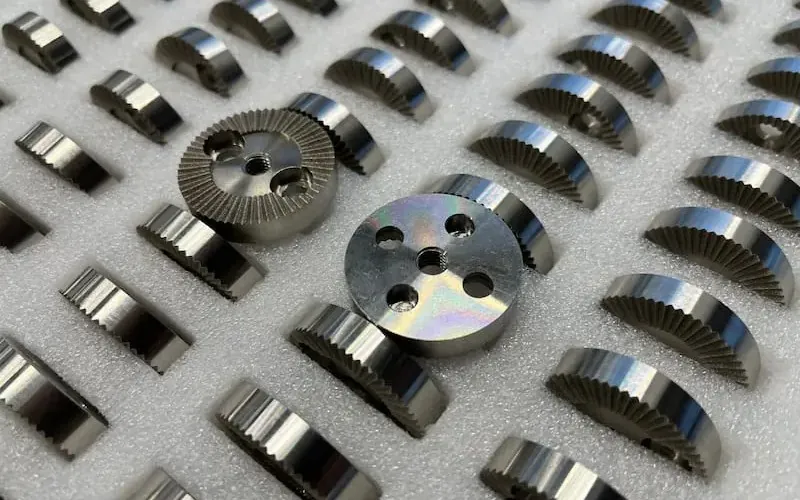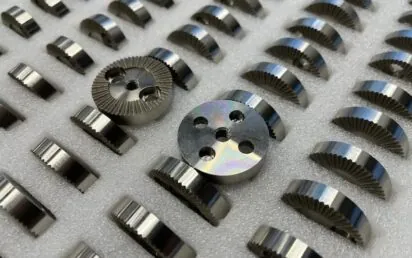Steel fabrication is behind creating everything from the frame of your car to the bridge you travel on. It is used to shape metal into different forms and structures. In other words, steel fabrication involves cutting, shaping, and assembling pieces of steel to create a finished product. If you’ve just started out or you’ve been working with metal for a while, understanding the essential tools, techniques, and tips can really boost your skills and keep you safe. Let’s break down what you need to know to get started.
Tools of the Trade
It is important that you use the right tools in steel fabrication. Here are some of the essential tools that help shape and build metal products effectively.
1. Cutting Tools
The first step in most metal fabrication projects is cutting the metal to the right size. Here are some common cutting tools:
• Shears: These are like giant scissors used to cut sheet metal. They are perfect for making straight cuts in thin metal sheets.
• Saws: Band saws and chop saws are great for cutting thicker pieces of metal. They work like regular saws but are much stronger when handling metal.
• Torches: Oxy-acetylene torches use a mix of gases to produce a very hot flame. This flame can cut through very thick metal plates easily.
• Lasers and Plasma Cutters: These tools use intense heat or light to make precise and clean cuts on metal sheets.
2. Forming Equipment
Once the metal is cut, it often needs to be bent into shape. Here are some tools used for this purpose:
• Press Brakes: These machines make precise bends in metal plates. They are like giant presses that push the metal into the desired shape.
• Rollers: Rollers are used to bend metal into cylindrical forms, like tubes or curved panels. They work by rolling the metal back and forth until it takes the desired shape.
• English Wheels: This tool is perfect for creating smooth curves and complex shapes in sheet metal. It works by pressing the metal between two wheels.
3. Welding and Assembly Tools
After cutting and forming, the steel pieces are usually assembled and joined together, often through welding. Here are some tools for this job:
• Welders: There are different types of welders, such as MIG, TIG, and stick welders. The type you use depends on the exact alloy and how precise you need the weld to be.
• Soldering Irons: These are used for joining smaller or more delicate metal pieces. Soldering is like welding but at a much lower temperature.
• Riveting Tools: Riveting is another way to join metal sheets without welding. It involves inserting metal pins (rivets) to hold the pieces together.
Fabrication Techniques to Master
Here are some basic fabrication techniques that you must learn:
1. Measuring and Marking: Precision is essential in metal fabrication. Many tools like calipers, angle finders, and tape measures can help you measure accurately. Also, proper marking before cutting or forming is important for accuracy.
2. Cutting Techniques: Learning the right cutting technique for the material and the tool you are using is critical. For example, plasma cutting is suitable for thicker metal sheets, while shears might be ideal for thinner, smaller projects.
3. Bending and Forming: Each material will behave differently under stress. Learning the properties of the metal you are working with can help you anticipate how it will react when bent or shaped.
4. Welding Practices: Good welding is an art as much as a skill. Familiarise yourself with different welding techniques and understand which is best for the type of join you need and the metals you are working with.
Tips for Success
Here are some tips to maximise efficiency in metal cutting and fabrication:
1. Always Prioritise Safety: Metal fabrication can be dangerous. Always wear appropriate safety gear, including gloves, goggles, and hearing protection. Make sure your workspace is safe and well-ventilated, especially when welding or cutting.
2. Keep Your Tools Well-Maintained: Dull or poorly maintained tools can lead to inaccurate cuts or unsafe working conditions. Regularly check and maintain your equipment to keep it in top condition.
3. Plan Your Projects: Before starting, plan out your project in detail. This can help you save precious time and materials and avoid mistakes. Draw out designs, list the materials needed, and step through the process in your plan.
Wrapping Up
Steel fabrication is a fascinating field with many opportunities for creativity and hands-on work. Understanding the right tools, techniques, and safety tips can make a big difference, no matter your skill level. Always remember to plan your projects carefully, keep your tools in good shape, and prioritise safety at all times. Keep learning, stay curious, and enjoy creating amazing things from steel!


